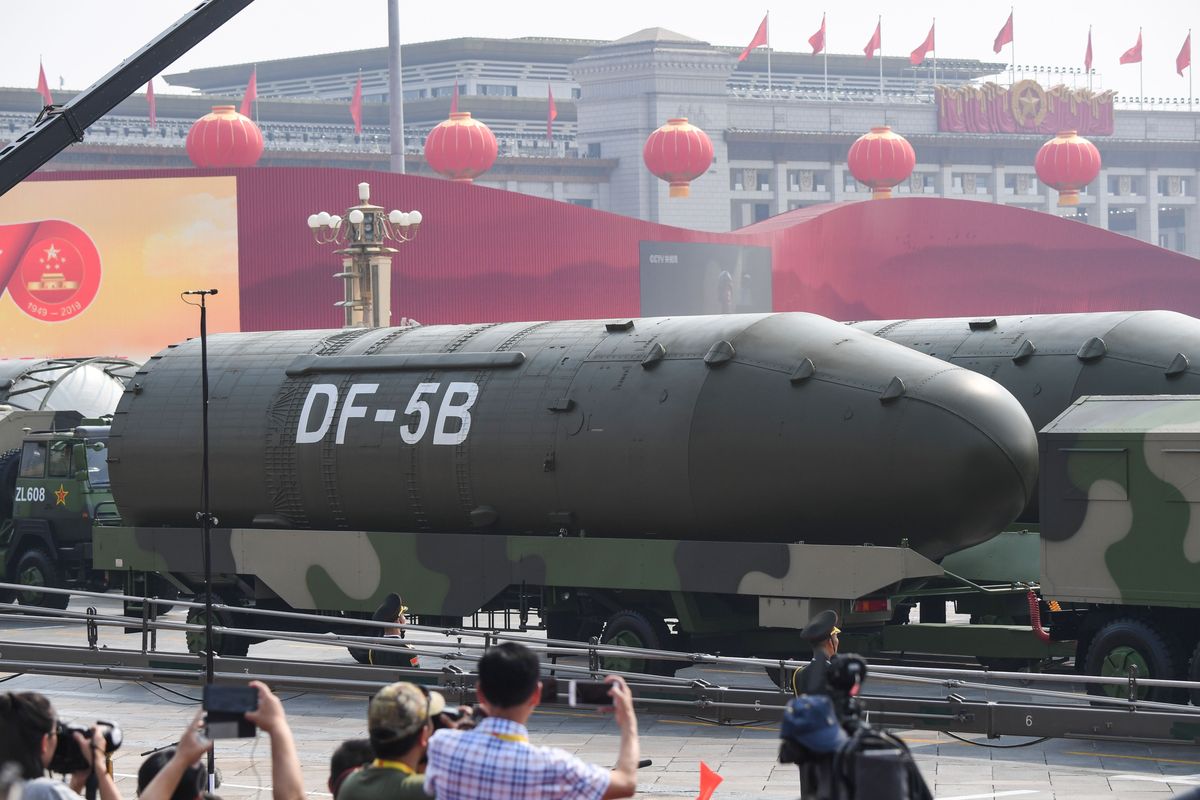India and China agree that the global political architecture is undergoing a fundamental transformation with gravity increasingly shifting from the Atlantic to Indo-Pacific. Both have pronounced the 21st Century as India’s, China’s or Asian Century. However, the fate of this century will be determined by the relationship between the two, for the relationship will not only define the contours of new global political architecture in Asia, but also the world at large. Therefore, at the global and multilateral level, both have found some convergence of interests on issues such as climate change negotiations of yesteryears and democratization of the international financial institutions. The multilateralism has also been used to strengthen the bilateral relations, and both are working towards having larger stakes in each other’s economies through complementarities. Due to the huge trust deficit, both have remained suspicious of each other’s intentions, and are overcautious when it comes to trade and investment.
As far as political clout, economic, and military trajectories of India and China are concerned, there is a visible asymmetry—and the gap is widening. However, it is widely believed in India that within a decade, India will emerge as the third largest economy in the world. It is in this light that the rise of India and China has been termed the contest of the century on the one hand and the most defining relationship of our times on the other. Not only are their civilizational spheres of influence in Indo-Pacific being reinforced and contested, but the same has been extended to new territories across Central Asia, Middle East, Africa, and Latin America as both strive to find strategic space, energy resources, and markets to fuel their growth. Meanwhile, the demon of unresolved issues left over by their history, such as border disputes and Tibet, will continue to haunt them, as these are hypersensitive issues capable of flaring animosities instantaneously. It appears that India has no real bargaining leverage with China as far as the border issue is concerned. The leverage India had in Tibet, the only vulnerability of China vis-à-vis India, has also been lost with the passage of time.
On the global stage, contrary to its traditional policy of non-interventionism, China has become increasingly assertive, especially over its claims in the South China Sea. It has sought immunity from the Trans Pacific Partnership (TPP) by way of concluding Free Trade Agreements (FTAs) with the TPP signatories on the one hand and initiated its own globalization drive in the form of ‘One Belt one Road’ (OBOR) strategy.
India has responded with “Make in India,” “Digital India,” “Start Up India,” and many other smaller initiatives to reach out to the world including foreign stakes in the defense sector. Though China has advocated the docking of OBOR with the Indian initiatives, India is ambivalent whether to cooperate and collaborate with the increasingly nationalistic China, or charter its own course by forging closer economic and strategic ties with likeminded nations.
The constructivists have welcomed the cooperation and have argued that India tends to benefit as an insider in the global supply chain and see India’s entry into Asia Infrastructure Investment Bank (AIIB), and the BRICS New Development Bank, as positive signs. They have also argued that the new institutional mechanisms between India and China, ranging from various confidence building mechanisms in the areas of security and economy, have largely improved the security environment in the region, and today China has become India’s largest trading partner. The realists, however, argue that the competition and Sino-centrism world view of the Chinese will essentially lead to confrontation. China’s forays into the Indian Ocean, its aggressive opposition to India’s oil exploration in the South China Sea, its entente cordiale with Pakistan, and its building a naval base in Djibouti could be viewed from this perspective. India must create a space for influence in Myanmar, Vietnam, Japan and the Association of South East Asian Nations (ASEAN), they argue.
The strategic community in India has argued that while China has a well defined India policy, India lacks a similar long-term China policy. Since power is essentially expansionist, many argue that India needs to play the balance of power game more seriously, should seek the role of a regional security provider, and project its power beyond its shores. Needless to say, this kind of role would be determined by India’s domestic economic and political drivers.











